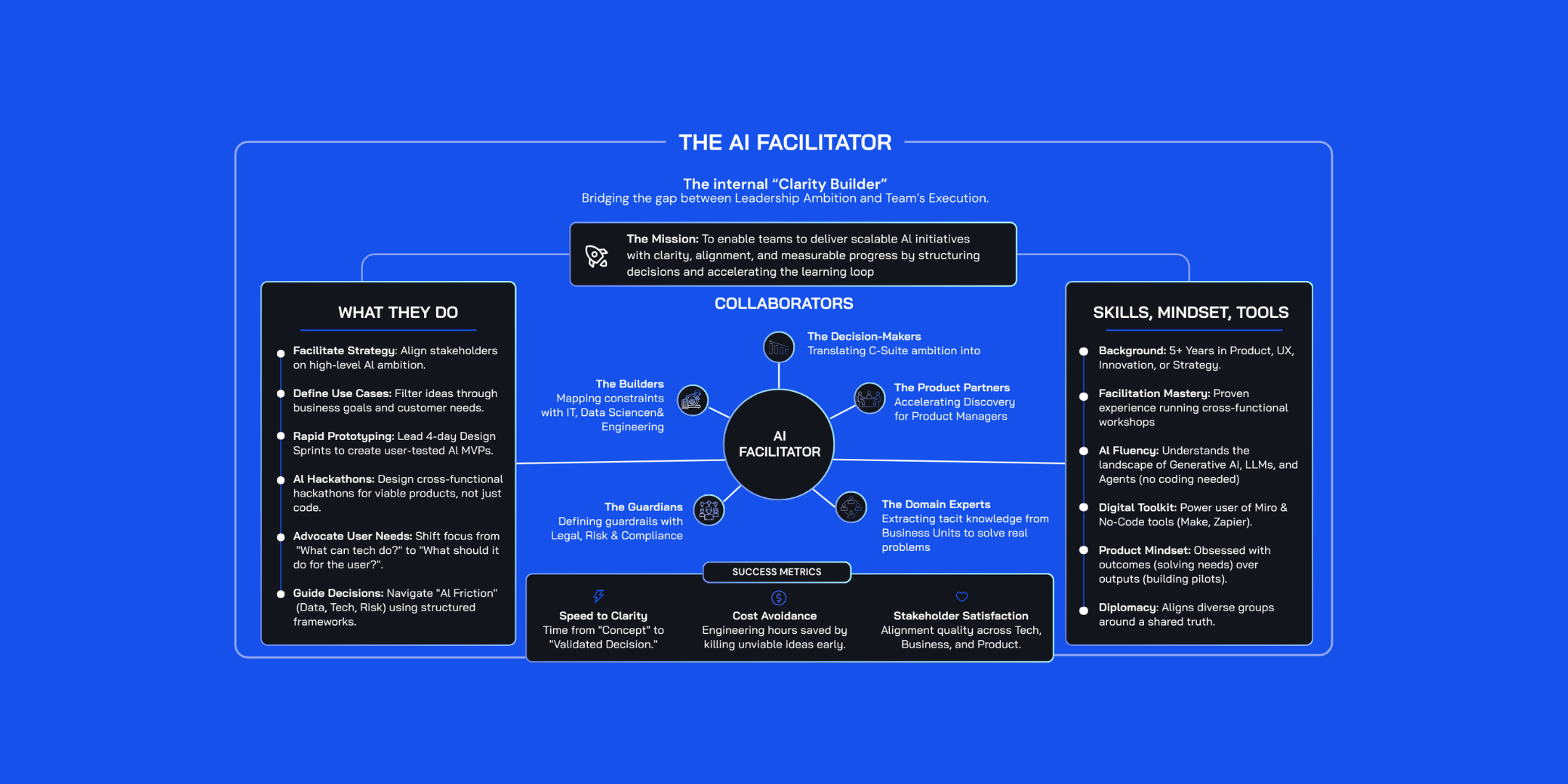The devXchallenge at SAP. How to Spark a Growth Mindset?

In the ever-changing landscape of business, innovation stands as a cornerstone of progress. SAP, renowned for its enterprise software solutions, embarked on a pioneering journey in 2019 with the launch of the devXchallenge. This brainchild of Cameron Rouse was not just a project; it was a mission to cultivate a growth-oriented mindset and change the way we think about corporate innovation.
The Challenge
A crucial question:
How do we transform our employees from a routine 'day-in, day-out' work approach to a dynamic, innovation-centric mindset?
The Solution
The answer lies in creating an environment that engages both leadership and staff, where creativity is not just welcomed but also directed towards effective problem-solving. Enter the devXchallenge. This initiative is part of a broader effort in SAP's strategy to encourage an inclusive culture, foster collaboration across different departments, and stimulate innovation.
The context
Prior to devXchallenge, Cameron's innovation team experimented with various approaches like hackathons and design thinking workshops. While these were effective in nurturing innovation, the devXchallenge, with its focus on Design Sprints, stood out for its effectiveness in encouraging teamwork, inclusivity, and quick problem-solving.
The challenge involves teams, often collaborating for the first time, tackling significant, locally relevant issues. These challenges range from sustainable mobility to crisis management and climate change solutions. The process kicks off with an introductory 'primer talk' to set the stage, followed by a rigorous three-day design sprint for SAP's internal teams and two-day prototype and testing fulfilled by external collaborators. This initiative underscores the value of diverse perspectives, involving both SAP employees and external partners in collaborative problem-solving.
Our team at Design Sprint Academy partnered with SAP, facilitating global, remote design sprints for over two years. Throughout this period, we've gained invaluable insights into what strategies are effective and which ones fall short. It's been a process of trial and error, but one that has significantly honed our approach. We've seen firsthand how certain methods resonate and drive results, while others might need tweaking or even a complete overhaul.
The Strategy
- Meaningful Challenges: The devXchallenge was more than a pursuit of innovation for innovation’s sake. It targeted problems that resonated deeply with both clients and employees, anchoring the initiative in real-world relevance (like the EU Green Deal and urban mobility, with an emphasis on practical, implementable solutions)
- Inclusivity at its Core: The challenge was open to all SAP employees, underpinning the belief that great ideas can emerge from any level within the organization.
- Local Roots, Global Impact: Leveraging SAP's diverse, worldwide presence, the devxchallenge drew from local insights to spur global innovation, thereby enhancing engagement and broadening perspectives.
- Structured Creativity: The notion that creativity just spontaneously happens is a bit of a myth. In reality, it thrives within a well-defined process. That's exactly where the Google Design Sprint process comes into play as a structured journey – one that takes a team from a vague concept to a concrete solution, thoroughly tested and shaped by real user feedback.
- Internal Ambassadors: SAP's design thinking experts teamed up with us at DSA to master the design sprint process. They immersed themselves in our 5-day bootcamp, learning the ins and outs of design sprints. Beyond learning, they actively participated in our remote sessions, shadowing our facilitators. This collaboration was a blend of learning and hands-on experience, equipping SAP's team to replicate these methods in their future projects.
- Standardized Tools: DSA equipped participants with comprehensive resources - Playbooks, Reports, Templates, and Guides - to streamline the innovation process.
The Execution
The execution of SAP's devXchallenge was distinctively remote, a decision that went beyond mere logistics. This approach was strategic. By going remote, we could seamlessly integrate with local teams and cultures, making the challenge truly global in its reach and impact. This format allowed for a diverse, inclusive approach, catering to various teams spread across different regions, each bringing their own local insights and cultural nuances to the table.
The Structure
Primer Talks
This is where everything begins. Diverse key-stakeholders and sponsors are brought into the mix, to share their perspectives, the challenges and desired outcomes. The goal? To get everyone on the same page, fully understanding the challenge that lies ahead.
5-Day Remote Sprints
- For the first three days, it's all about Understanding, Defining, Ideating, and Deciding. Employees from different business units at SAP immerse themselves in deep brainstorming and ideation sessions, sketching out potential solutions.
- Then comes the Prototyping phase. Here, an external team steps in to bring those ideas to life, crafting interactive, lifelike prototypes that aren't just concepts but tangible realities.
- Finally, the Customer Testing phase on the fifth day. It's where the rubber meets the road. Each solution undergoes real-world testing with five target customers, providing invaluable insights into what's working, what's not, and most importantly, why.
Reveal Night:
The grand finale, where it all comes together. Teams step up, not just to present their ideas but to showcase their prototypes and customer feedback. It's a rapid-fire, high-energy pitch night, aimed at stakeholders who have the power to green-light these concepts for further development.
This structure isn't just about creating ideas; it's about molding those ideas into viable, tested solutions with the potential for real-world impact.
The Results
These innovation events were not just about brainstorming; they were about creating actionable solutions that could lead to tangible business outcomes.
SAP's devXchallenge reaped remarkable rewards:
- A significant boost in employee engagement and an innovative shift in mindset.
- A portfolio of customer-tested solutions, in sync with SAP’s strategic objectives and client requirements.
- A stronger sense of community and collaboration across various departments.
Conclusion
The devXchallenge at SAP serves as a shining example of how innovation hackathons can be more than just idea-generating exercises. By focusing on meaningful challenges, fostering inclusivity, and providing a clear framework, the devxchallenge has demonstrated that innovation hackathons can indeed be powerful catalysts for change, driving both business success and employee fulfillment. This case study is not just a narrative of a successful event; it's a blueprint for businesses worldwide to spark their innovation journey.











.jpg)





